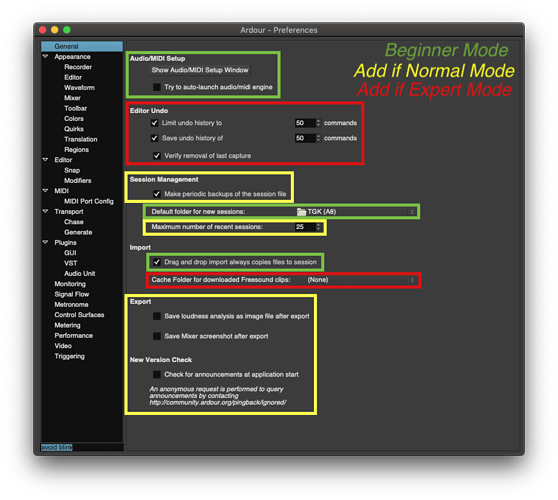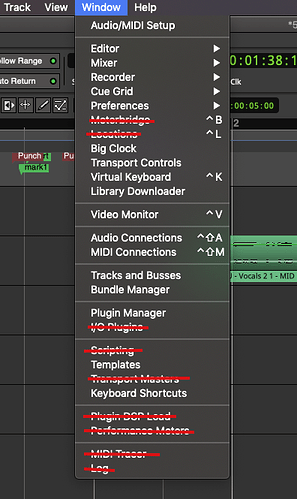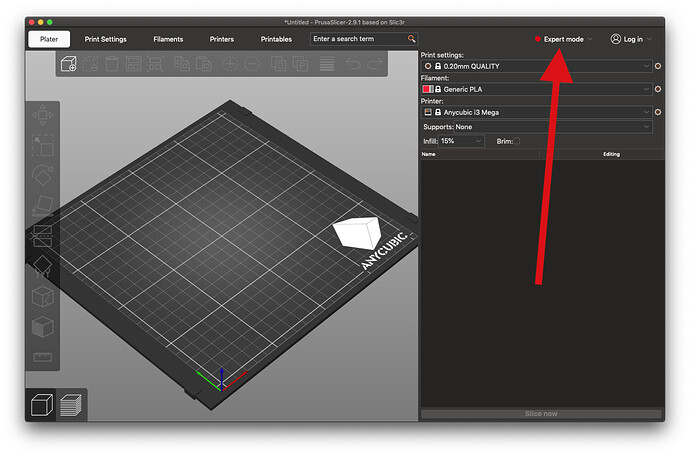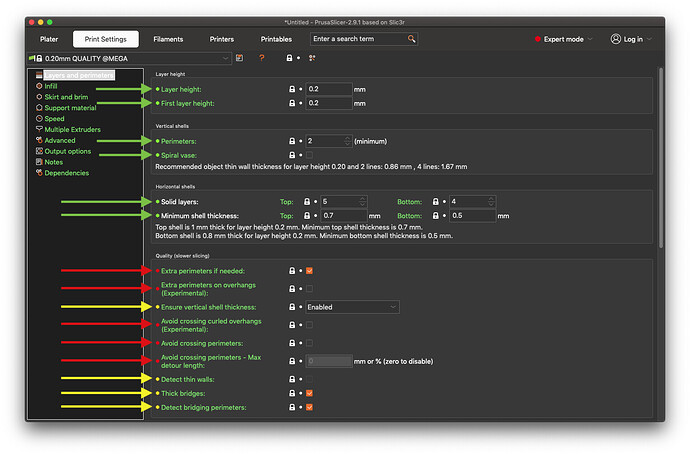This is almost literally irrelevant, hence the modes you can switch between.
There’s no right or wrong answer.
→ It’s not like some settings wouldn’t exist.
→ They’d just be visually hidden based on the ‘mode’.
-Just like there are many different use-cases with 3D-printing. So no, it’s not at all “clear” for 3D-printing. The designers simply arbitrarily chose what to include in each ‘mode’ based on their personal preferences, logic, and reasoning. And as the user becomes more and more comfortable with the application, and one day finds themselves looking for a setting they seemingly cannot find, at some point they simply switch modes to see what’s available.
And yes, this works very well in programs like Prusa Slicer, because there is a reason they implemented it: to not overburden beginners and average users alike.
In your case (and mine), you would simply leave it on “Expert” mode and all settings would be shown, all of the time. -Easy. -Simple.
…
Here’s an example I made in 30sec:
Again, there’s no “right” or “wrong” here.
…
Hence, you could effectively go ‘hog wild’ with @paul’s approach #2 here:
- "People have different needs and wants, and we should let them adjust things to their needs and wants as much as we possibly can”
→ Yet lead the way via grouping settings in ‘modes’ to acheive #1:
- “We know best, and the user should learn to use the incredibly fabuluous UI/UX that we’ve designed for them”
-Best of both worlds.
…
It is in fact the case that the Preferences pane in Ardour has grown substantially over the years (which is a good thing, ultimately), but for a newbie this can be completely overwhelming and deterring…
But I suppose none of this text matters, because I’m 99% certain this will never happen in Ardour.
Again, it’s only an idea. And I know when the devs are juggling with 180,000 lines of code (or whatever it all is now) some ideas are just not worth the effort. (-Or are just plain stupid for reasons I haven’t considered yet.)
Thanks for reading.
-J
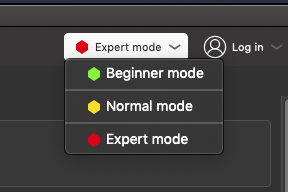
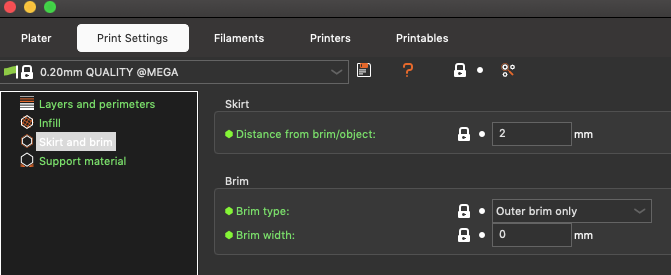
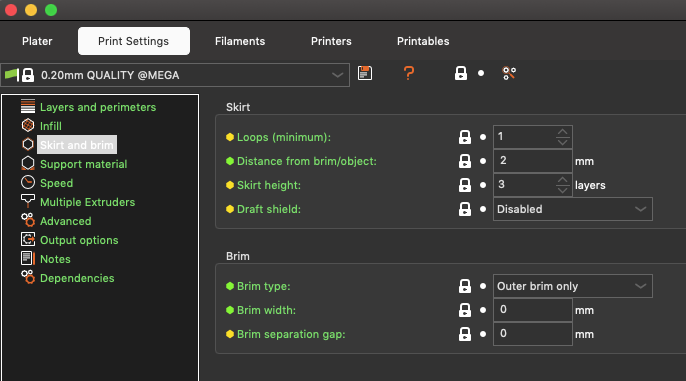
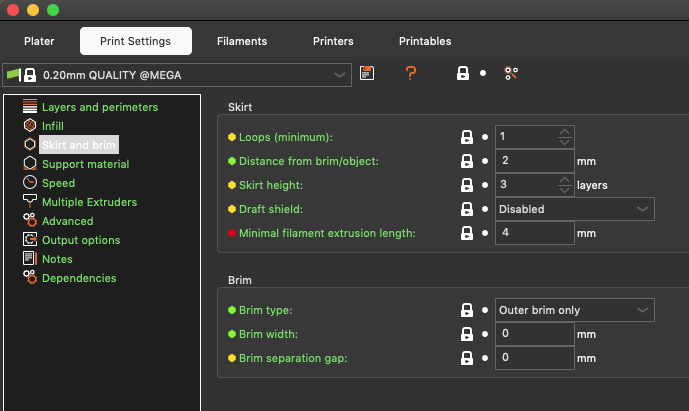
![]()
![]() )
)![]()
